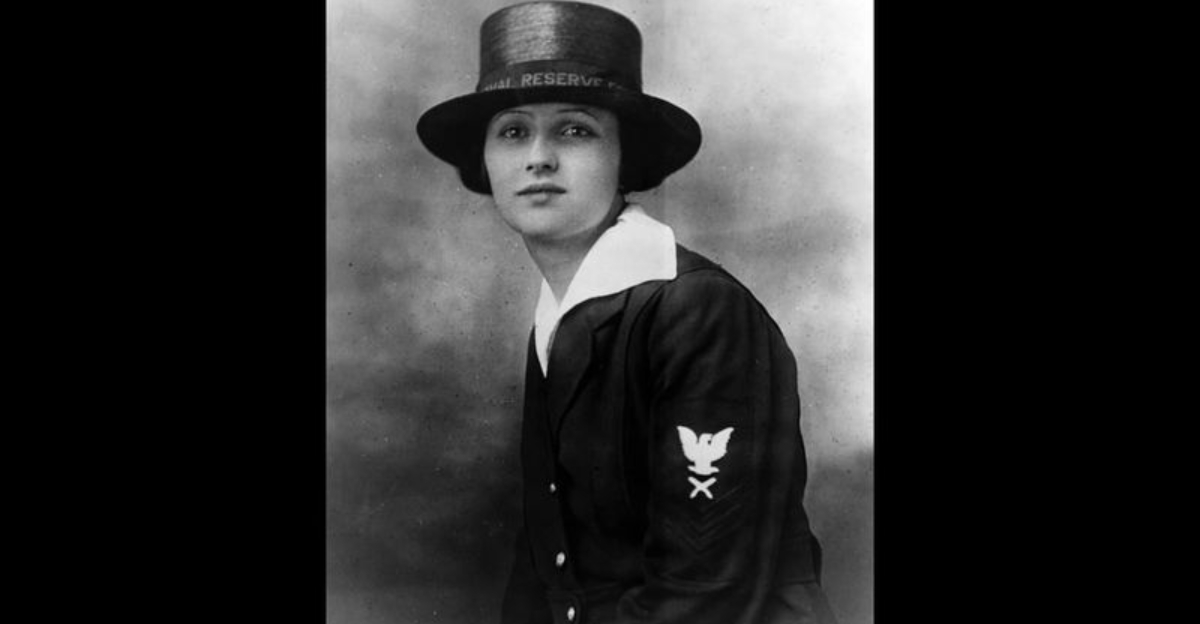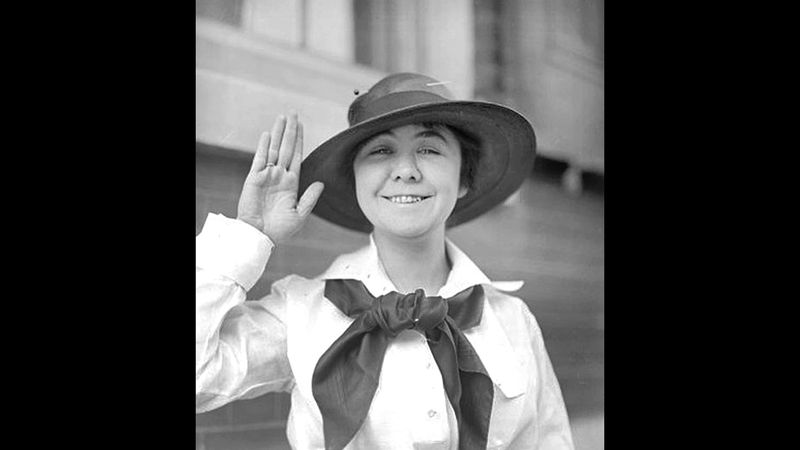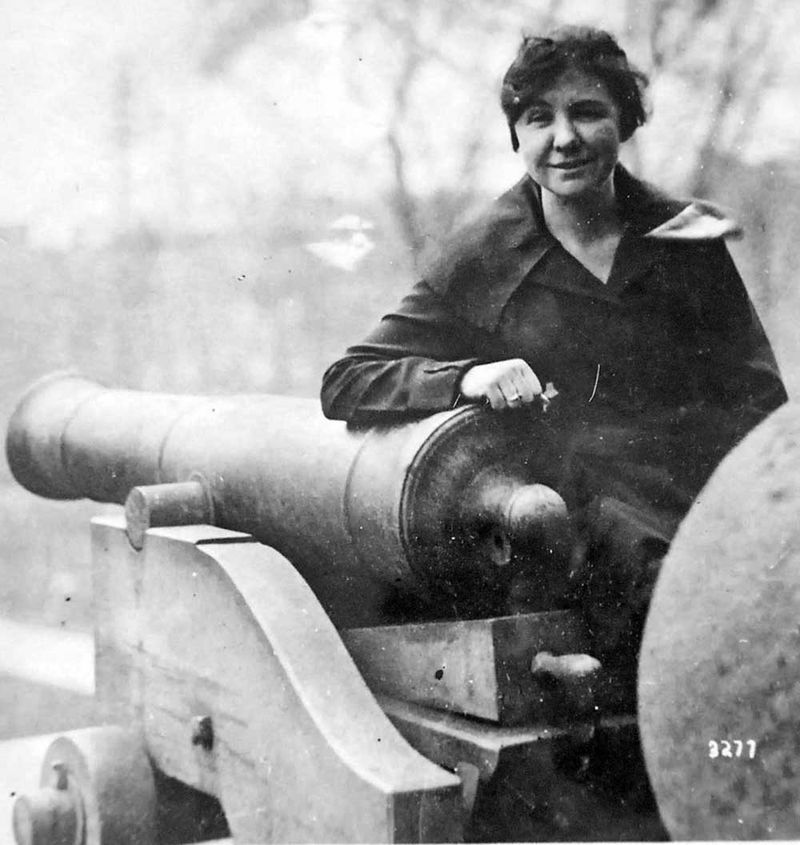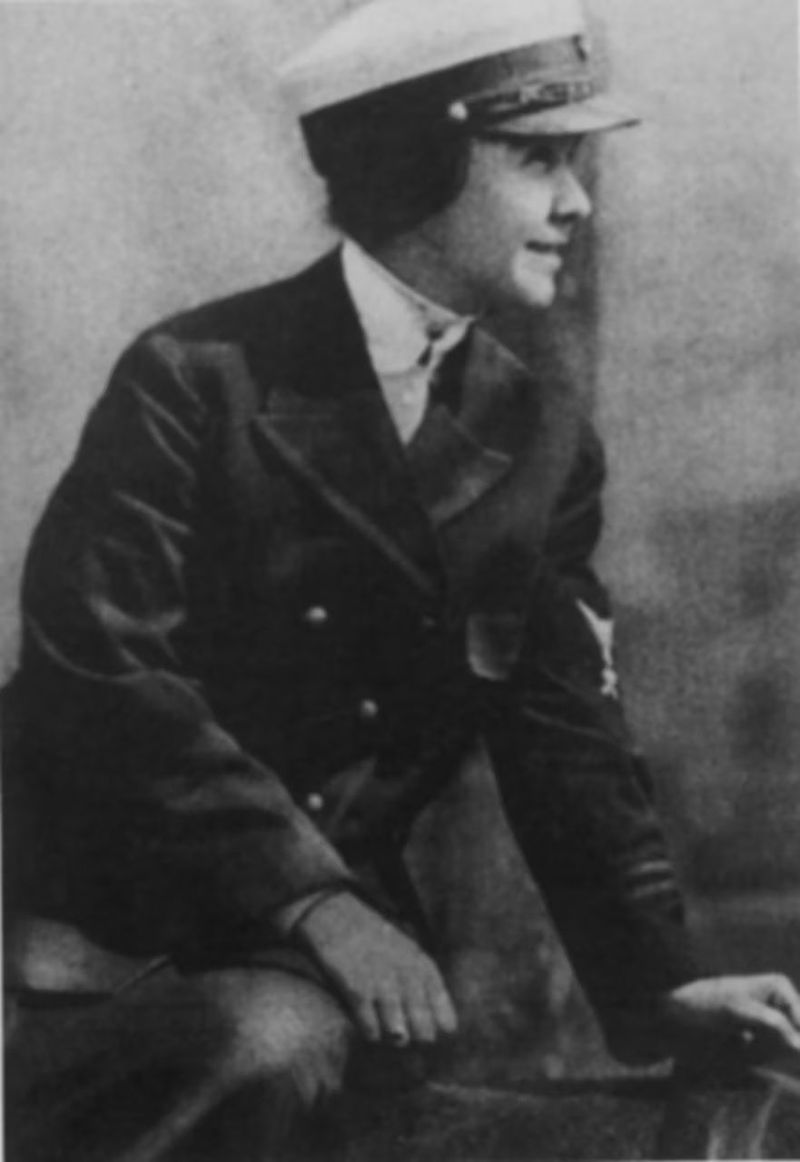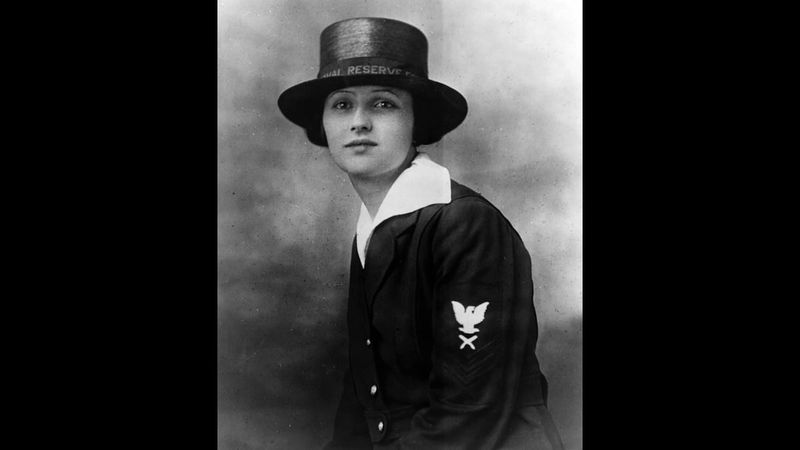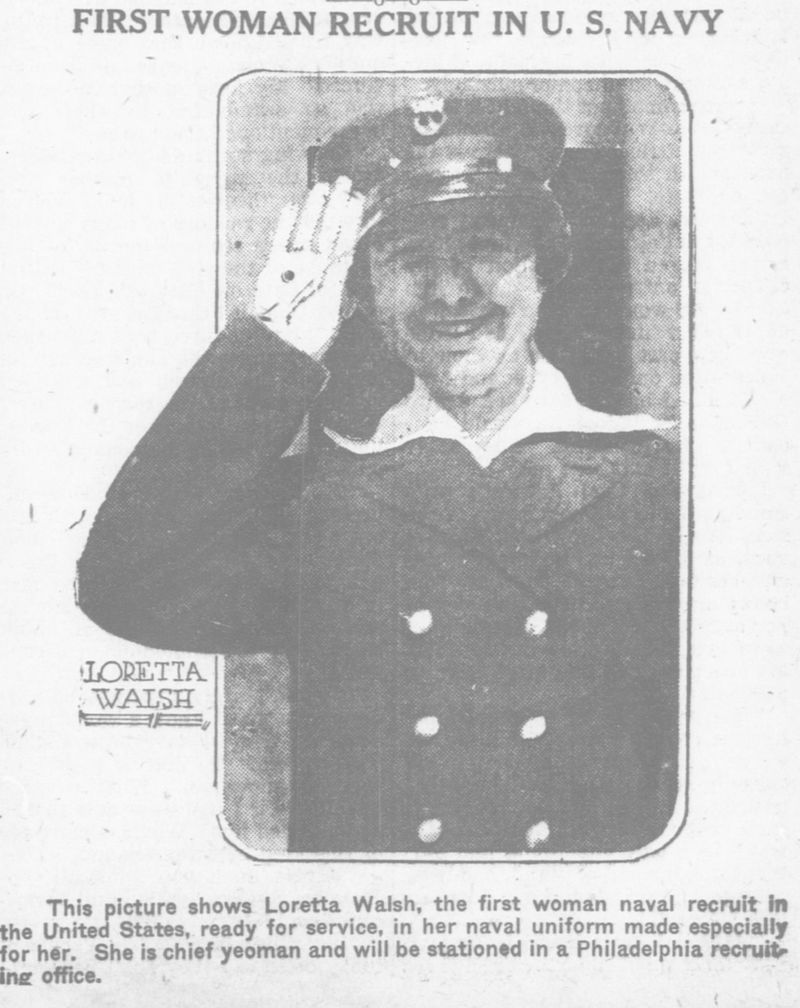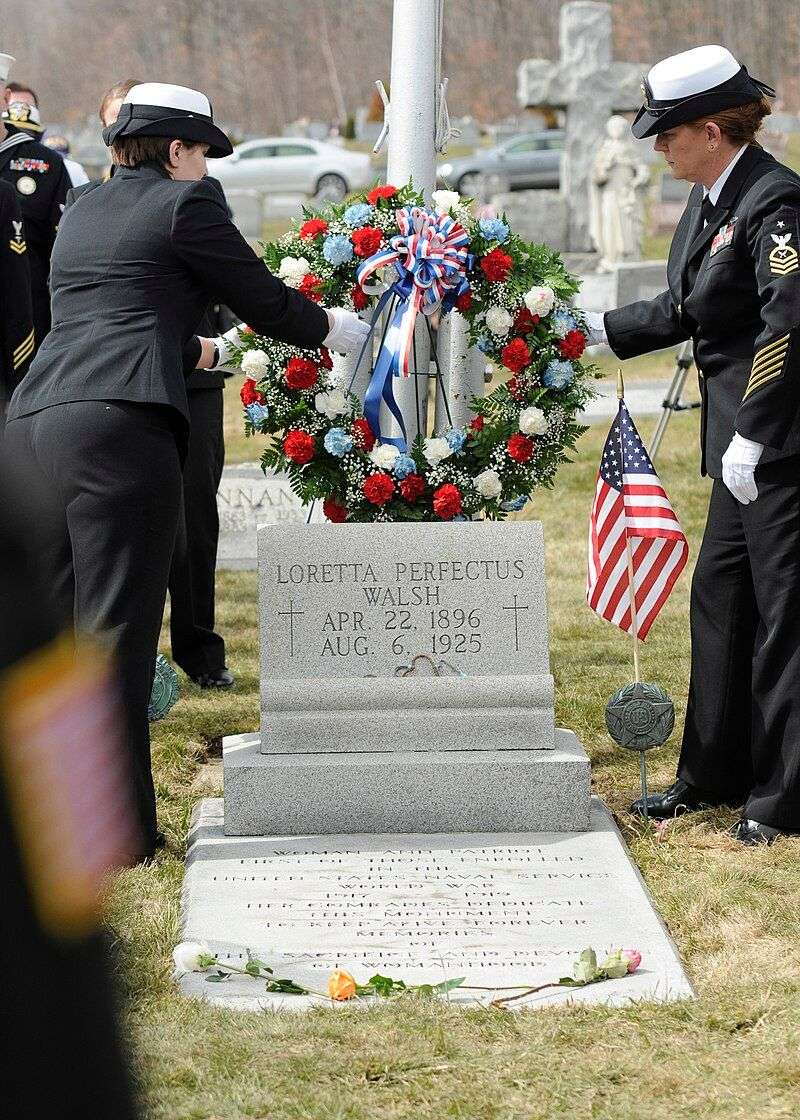Before women had the right to vote in the United States, some were already making remarkable strides in the military.
This blog post delves into the inspiring story of Loretta Walsh and the groundbreaking roles women played in the U.S. Navy during World War I.
1. First Woman to Enlist in the U.S. Navy
In March 1917, Loretta Walsh made history as the first woman to enlist in the U.S. Navy, marking a significant milestone before women could vote. Her enlistment was a powerful statement, challenging societal norms and opening new paths.
She stood proudly in her uniform, symbolizing a shift in traditional roles. Joining during World War I, Walsh’s decision was not just personal; it was transformative for women everywhere.
Her courage inspired many, altering perspectives on gender roles, and paving the way for future generations to serve, contribute, and lead in areas previously restricted to men.
2. Held the Rank of Chief Yeoman
Loretta Walsh wasn’t just a figurehead; she actively served as a Chief Yeoman. This role made her the first female Chief Petty Officer in U.S. Navy history. Her duties were crucial, involving administrative tasks that supported the war effort.
Walsh’s position illustrated the capabilities of women in military roles, breaking barriers and setting new precedents. Her work in the Navy highlighted the importance of diversity in service.
Her contributions were vital, allowing men to focus on combat while she efficiently managed clerical responsibilities. Her achievements continue to inspire those in military service today.
3. Joined During World War I
Amidst World War I, the U.S. Navy faced a shortage in clerical staff. Loretta Walsh stepped up, enlisting to fill this vital need, demonstrating women’s capacity to contribute beyond traditional roles.
Her enlistment allowed men to take on combat duties, with her handling essential administrative tasks. This shift underscored women’s potential in diverse fields, challenging previous stereotypes.
Her service during this critical time showcased her dedication and adaptability, ensuring the Navy’s operations ran smoothly. Loretta’s role was not only essential for the Navy’s efficiency but also pivotal in changing perceptions about women in the workforce.
4. Wore a Military Uniform, Not a Nurse’s Outfit
Loretta Walsh’s choice to wear a military uniform, rather than a nurse’s outfit, was groundbreaking. This attire signified her equal status with male counterparts, receiving the same pay and benefits.
Her uniform was a statement of equality, showing that women could perform roles traditionally held by men. This bold move challenged existing norms and inspired many women to pursue similar paths.
Her uniform was not just clothing; it was a symbol of progress. Her stance has continued to resonate, reminding us of the strides made toward gender equality in various professional fields.
5. Helped Pave the Way for Women in the Military
Loretta Walsh’s pioneering efforts paved the way for over 11,000 women to serve as Yeoman (F) during World War I. Her enlistment marked the beginning of the first wave of uniformed women in U.S. military history.
These women performed crucial duties, proving their worth and reshaping military norms. Walsh’s legacy is profound, highlighting the evolving role of women in service.
Her courage and dedication set the foundation for future generations, enabling women to serve in diverse capacities. Her impact is still felt today, inspiring continued progress towards equality and representation in the military.
6. Died Young but Left a Lasting Legacy
Loretta Walsh passed away in 1925 at the tender age of 29, her life cut short by tuberculosis, possibly exacerbated by the 1918 flu pandemic. Despite her early death, her legacy endures.
Her contributions to the Navy and her role as a trailblazer continue to inspire. Her bravery and determination opened new avenues for women in the military. Her gravestone, inscribed with her achievements, serves as a lasting tribute to her pioneering spirit.
Loretta’s story remains a beacon of hope, emphasizing the power of trailblazers to effect change and inspire future generations.
